Best Paper Award
Null-Space Expansion for Multiuser Massive MIMO Inter-User Interference Suppression in Time Varying Channels
Tatsuhiko IWAKUNI, Kazuki MARUTA, Atsushi OHTA,
Yushi SHIRATO, Takuto ARAI, Masataka IIZUKA
[Trans. Commun., Vol.E100-B, No.5 May 2017]

Tatsuhiko IWAKUNI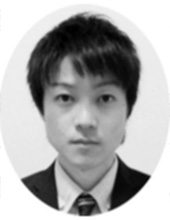
Kazuki MARUTA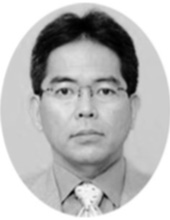
Atsushi OHTA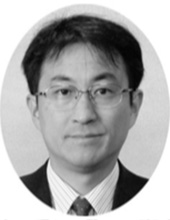
Yushi SHIRATO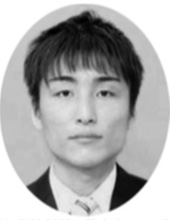
Takuto ARAI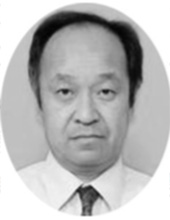
Masataka IIZUKA
Multiuser MIMO is one of the most promising means to improve spectral efficiency by multiplexing multiple signal streams in the spatial domain. The significant drawback of multiuser MIMO is inter-user interference (IUI) caused by channel time variation which degrades transmission capacity. This paper proposes a novel IUI suppression scheme named null-space expansion exploiting excessive degrees of freedom (DoFs) available in massive MIMO, which is expected to be implemented in the 5th generation wireless mobile communication systems (5G).
In downlink multiuser MIMO transmission, IUI is suppressed by precoding weight at the transmitter using channel state information (CSI). The base station (BS) in a massive MIMO system is equipped with a large number of antenna elements more than the total number of multiplexed user equipment (UE) antennas. Conventional multiuser MIMO consumes DoFs equaling the total number of UE antennas for null-steering, and the remaining DoFs are used to obtain beamforming gain. In the proposed scheme, additional DoFs are utilized to expand the null-space; interference suppression performance can be further enhanced even under the time varying channel environment. Here, additional CSI is required for null-space expansion. The authors derived that past CSI estimates are still available to effectively suppress future IUI. A computer simulation exhibited superior signal-to-interference plus noise power ratio (SINR) characteristics compared to a channel prediction-based approach. It indicates that IUI suppression effect outperforms signal power degradation by the consumption of DoFs to additional null-steering.
The work described in this paper expands multiuser MIMO transmission practicality to a time varying environment contributing to the increasing of wireless transmission capacity. Consequently, this paper is deserving of a Best Paper Award.












